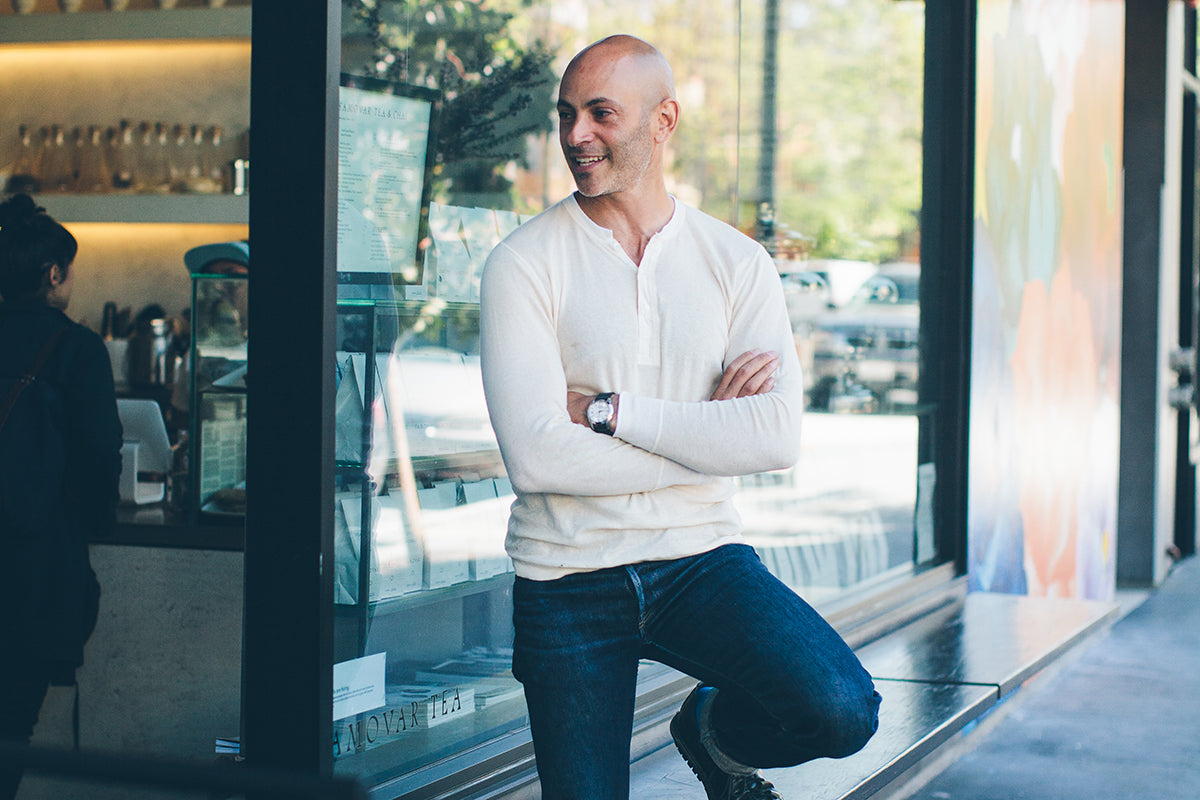
At first glance, The Samovar Tea Bar in San Francisco's Mission District looks like many other trendy caffeination stations found throughout the city. There's a line of people at the register waiting for their morning boost, and enough fancy glassware behind the counter to make Heisenberg jealous. But take a few steps inside and you'll quickly realize that Samovar is different. Where the typical coffee shop has tables of would-be screenwriters tethered to laptops and jockeying for power outlets, Samovar has a row of benches and small tables where people are quietly chatting and reading. It's... relaxed, even on a busy Thursday morning.
Jesse Jacobs, the founder of Samovar Tea, seems to know everybody who walks through the door. His tea lounges and shops have become a San Francisco institution since he opened the first one over a decade go after working in tech through the dot-com boom and bust. Samovar has since gained a reputation for offering world-class tea, deliciously healthy food, and a retreat from the daily grind.
We spent the morning with with Jesse, who kindly shared his advice on tea, health and meditation tips, and iced matcha (our new favorite energy drink).
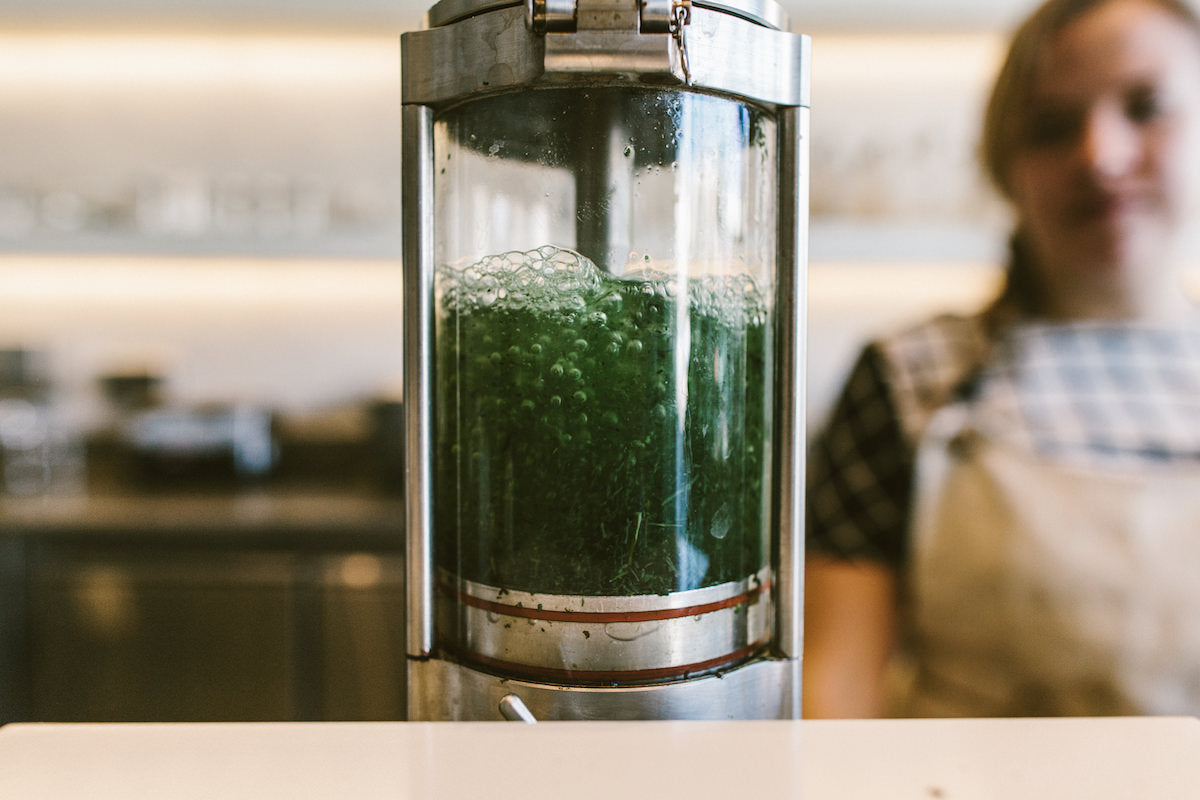
How did you become interested in tea?
When I was living in Japan I started getting into tea ceremony. I was exchanging English lessons for people to give me tea ceremony classes. There’s a book called Chado: The Way of Tea that was written in the 1800s. The idea is that you predefine every single detail, from how you enter the tea room, to how you pour, to what you say to your guest, every single movement and thought is pre-described. It takes a lifetime of practice to master it, if you ever do, but that pathway of paying attention to the details is one of the practices of awareness. Chado, means “The way of tea,” and it’s one of the legitimate pathways toward enlightenment. It's really a deep lifelong practice of awareness. That's really what inspired me.

How did you decide to open Samovar, despite never working the restaurant business?
I took a step back and said, “There's coffee, there's alcohol, there's wine, no one is doing tea.” The idea was to do tea in a way that is craft, that is quality. Tea is often perceived as too delicate or too granny-like. You know, like people drink tea when they’re sick. Coffee has potency. So how do we convey tea as masculine, as substantial, as potent? Tea has that ability. It's just never been construed that way. The idea with this space was to communicate tea in a sensorial way that is substantial and potent and masculine and captures the essence of the tea ceremony room.
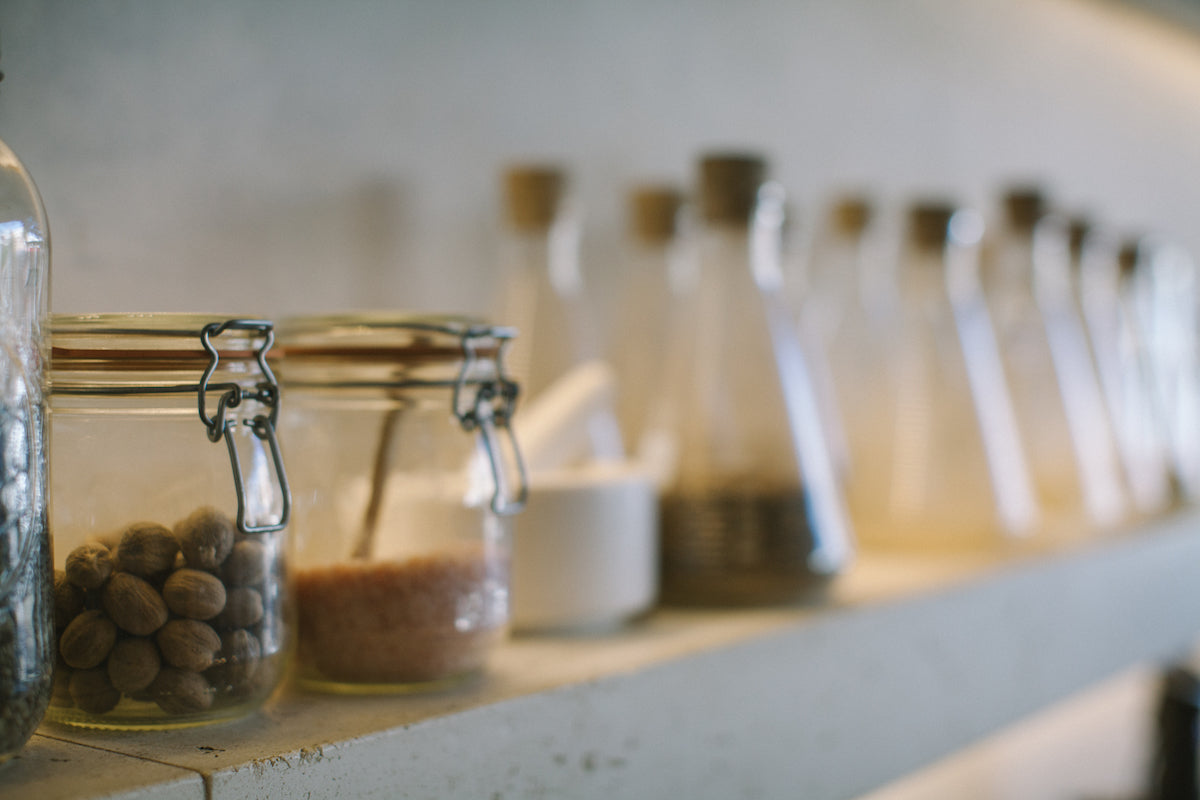
What are the health benefits of tea?
A great example is matcha, which is the tea drank during tea ceremony. What's unique about matcha compared to all other teas is you're actually eating the tea. It's powdered, stone ground, and we shake it up. With other teas you're drinking the extraction and you're throwing away the leaves. Matcha you're eating the tea powder. It has a good amount of caffeine for people who are getting off coffee, but also has a very specific chemical called L-Theanine that creates a state of alert relaxation, which is why it is great to do with meditation because you're not going to be jittery. But you're going to be very alert, aware and calm. And this is the only tea that offers that. It's my favorite all-day drink, hot or cold. It just creates sustained energy without tapping you. Coffee, they say, is like using a credit card—you're taking money/energy from the future and you'll eventually have to pay it back. Matcha is actually sustained energy with no crash. (Ed. Note: After sharing a couple iced matchas at Samovor the Myles Team was ready to carry the car back to the office.)

Samovar has become known as an oasis from the rat race and nowadays you hear a lot of people trying to disconnect and practice mindfulness. What does that mean to you and why is that concept getting a lot of buzz?
Because with invention of these (holds up his iPhone) there's a lot good but it also means we're living in a world walking around like this (stares at his phone) and there’s science and neuroscience behind the dopamine receptors and addiction to that sensory input. It's a real thing and there are no social norms on when do you put the device away. I think more than ever it's a perpetual drug that's 98% empty calories.
We're filling our entire life, every waking moment. Every time we're waiting in line at a teller, at a cafe, people are on their phones. So it goes back to emptiness as this concept in music or in art where you have negative space. There's what's created, but there's also what's not. As they say, in music it's the silence between the notes that makes the notes that much more potent. I think the same thing can apply to a rhythm in life. We now have no negative space. It's all full. We wake up, check our phone, go to the bathroom, shower, check our phone, go to work, do work, check our phone, go home—there's no space. In fact, waiting at a stop light or waiting in line, all of these moments are actually moments for that negative space to let the recent or pending experience marinate and be richer.
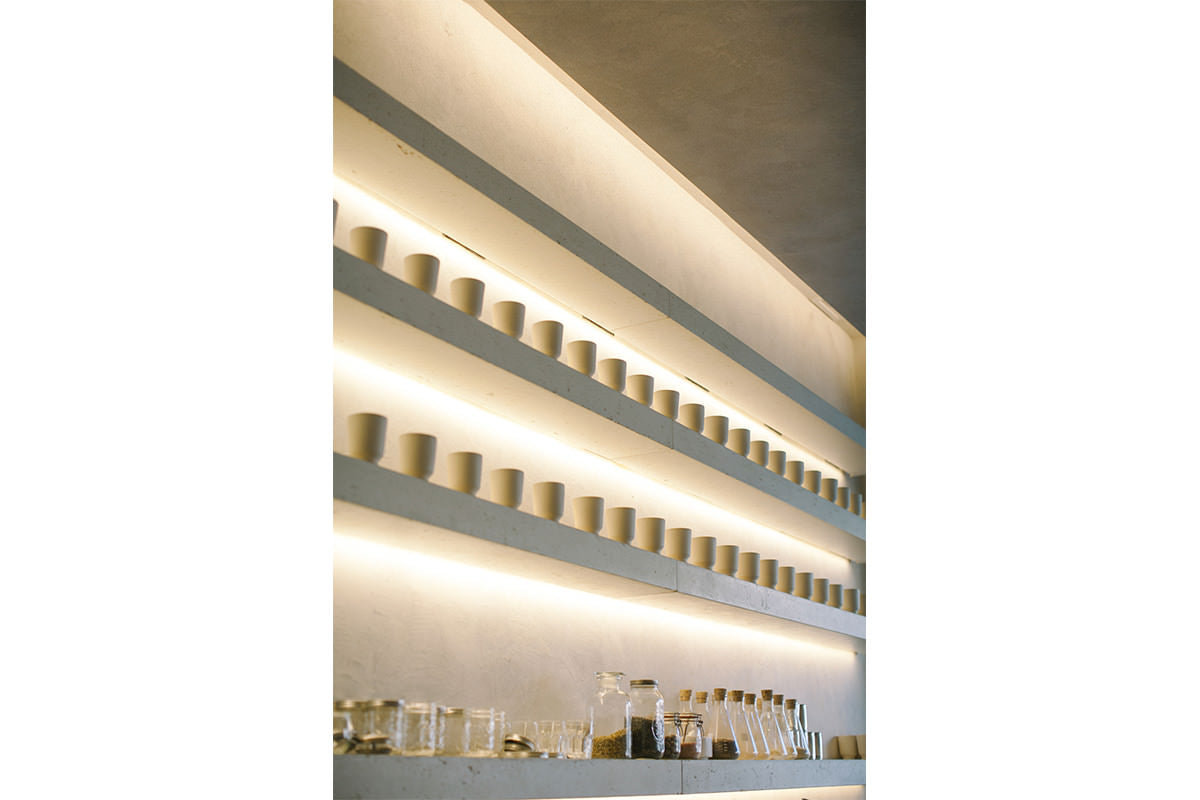
Did you design this space with the intent of giving your customers an escape from the digital world?
It’s something I try to to convey. It doesn't mean you have to give us your cell phone or no computers are allowed. I think inspiration comes from external forces. I can facilitate an experience or environment that inspires you put down your phone, you're internally motivated, and that's very powerful. And you won't know what it was that happened, but you'll just come in here and you'll feel better. Living a richer more mindful life doesn't have to be a 20-day meditation retreat, which goes back to the design here. Everything was designed to immerse you and take you away, like force rip you out of your little world for just a moment. And if you have a moment, life is better.
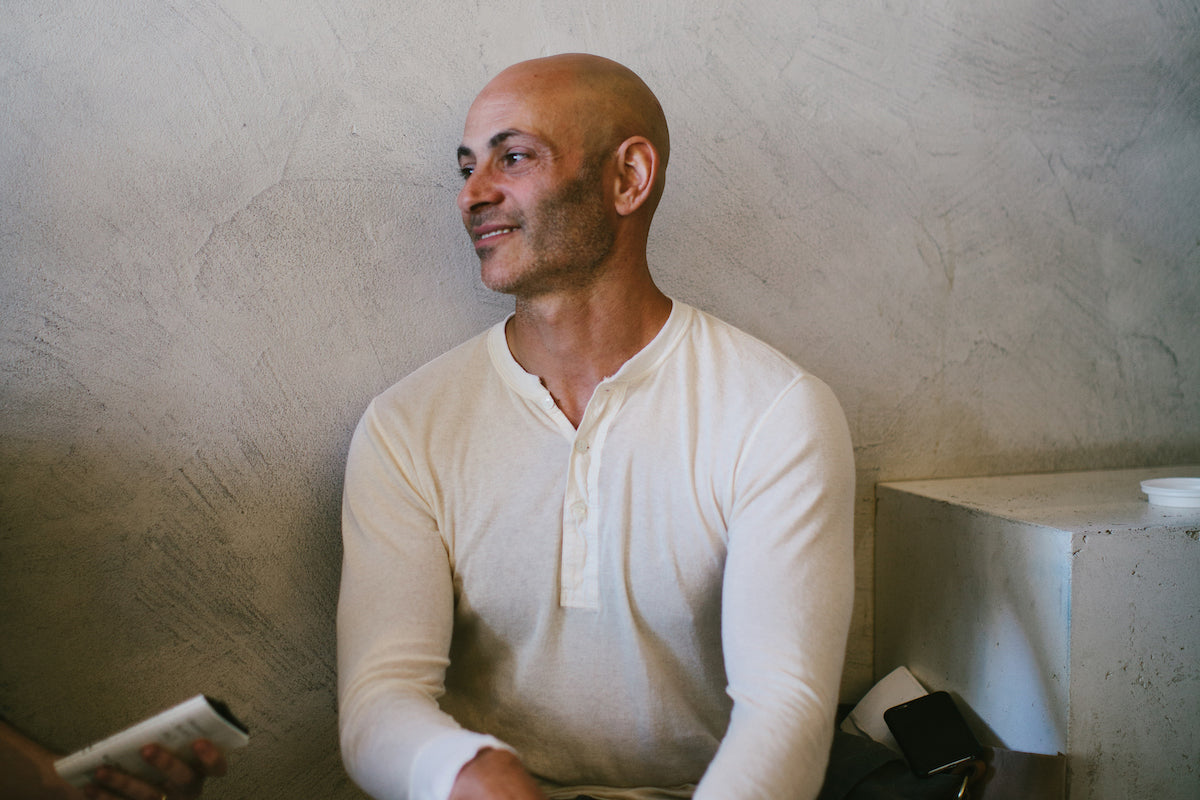
JESSE JACOBS | ENTREPRENUER | SAMOVAR TEA
HIS FITNESS ROUTINE
I did gymnastics through high school and college so I keep up with a lot of bodyweight stuff and kettlebells and handstands. There's something called convict conditioning which are workouts that prisoners use to stay in shape in jail cells—one legged pistol squats, pushups, it's cool. Sounds depressing, hopefully you never need to do that. I also surf, hike, and used to climb a lot more in the past, but haven't had time recently.
HIS DIET
I grew up in Boston in an eclectic household with a lot of international influence, my family was part of a community that took a macrobiotic dietary approach. It was a heavily Japanese focused, very healthy diet with meditation and pretty militant—hardcore farm-style Japanese food with a vegan slant. All we ate was rice, beans, seaweed, miso soup, fish, and vegetables. No sugar, no white flour, no citrus, no dairy. I didn't have pizza until I was like 18.
I think nowadays healthy food is very accessible and I eat pretty much everything while eating as cleanly as possible—no soda, minimal alcohol. When I was a kid there was no soy milk—we made our own. Nowadays nori seaweed is a kid's snack. Back then we imported it from Japan and it was a coveted dessert item. But yeah, now I eat everything. And tea all day long. I drink 20-40 cups of tea every day.
HIS HEALTH ADVICE
What's old is new. It’s all about reconnecting with what’s natural. In Japanese there's a saying: Shinrin Yoku. Directly translated, it means "Nature Bathing." They've done all these neuroscience studies where they take businessmen who are stressed out and drink too much alcohol and coffee and smoke, and they put them in nature and wire them up and read their stats. When they touch a tree and go barefoot in dirt, their blood pressure drops, their heart rate drops, their alpha brain waves increase just by doing that.
HIS TEA RECOMMENDATIONS
Morning: Chai, or something more sophisticated like Oolong, which has more caffeine and a cleaner taste
Pre-Workout: A smooth black tea like Samovar's Californian Persian Black provides the boost of coffee without the jitters
Post-workout: Matcha all day long. As a cold brew it's great post-workout—refreshing and hydrating
Bedtime: Herbal white sage is really awesome and soothing for the evening, really pallet cleansing. Then the Tumeric is very digestive, relaxing, brothy and full-bodied.
HIS READING LIST
— Chado: The Way Of The Tea by Sasaki Sanmi
— The Miracle of Mindfulness by Thich Nhat Hahn
— White by Kenya Hara
— Deep Work: Rules For Success In A Distracted World by Cal Newport
Myles Men lead the active, stylish, and healthy(ish) lives that inspire every piece of Myles apparel. Follow Jesse on Instagram at @jesse and Samovar at @samovartea and @tea on Twitter.

